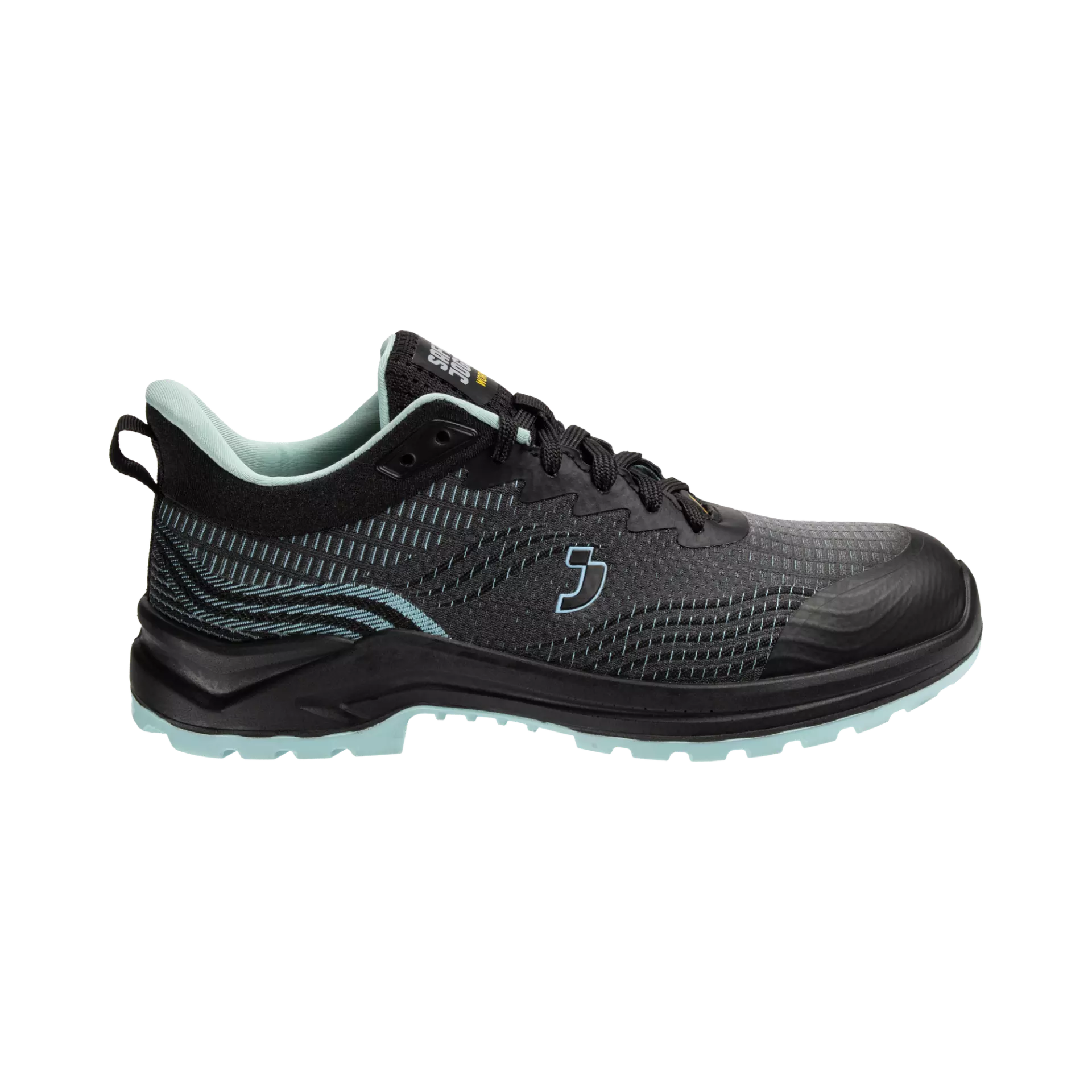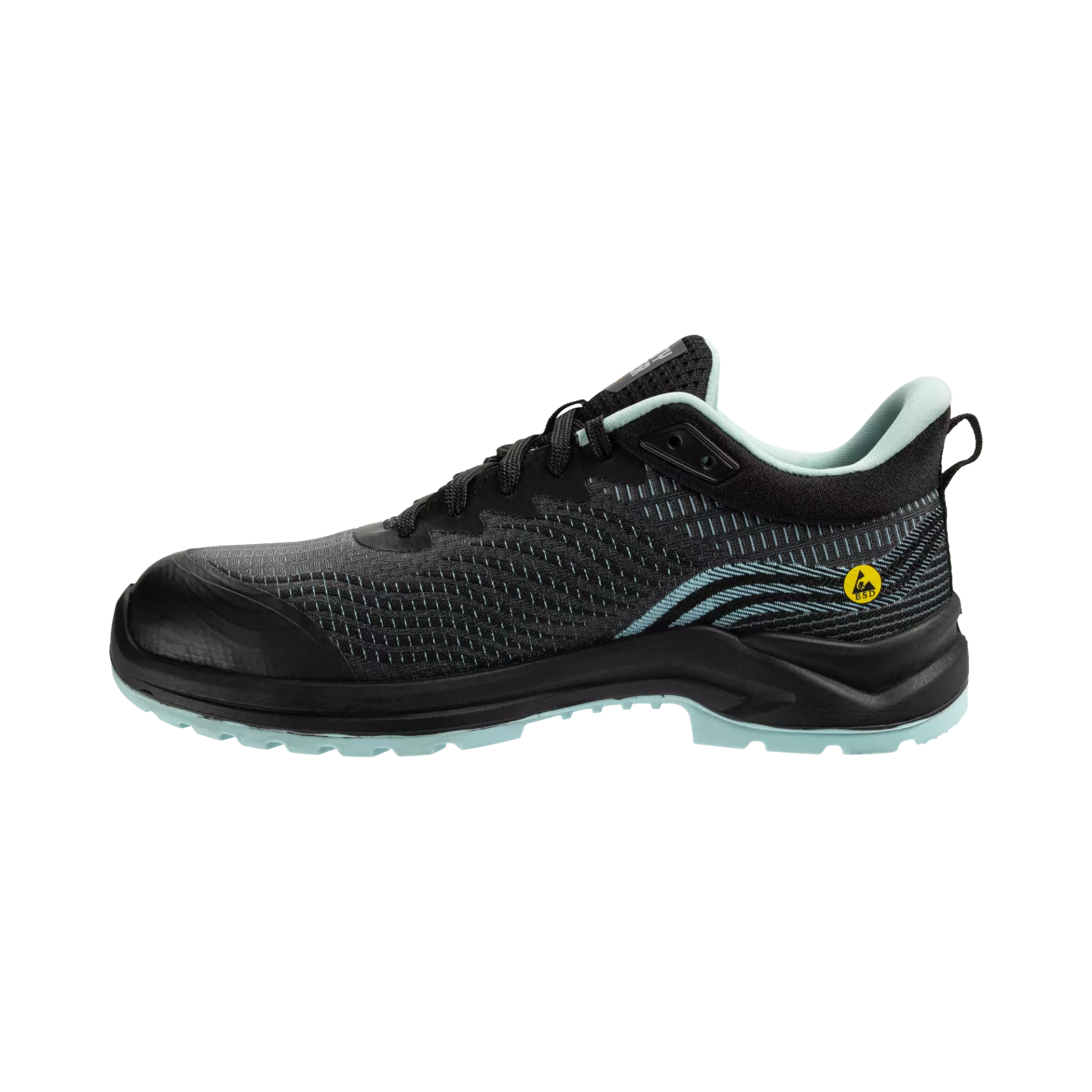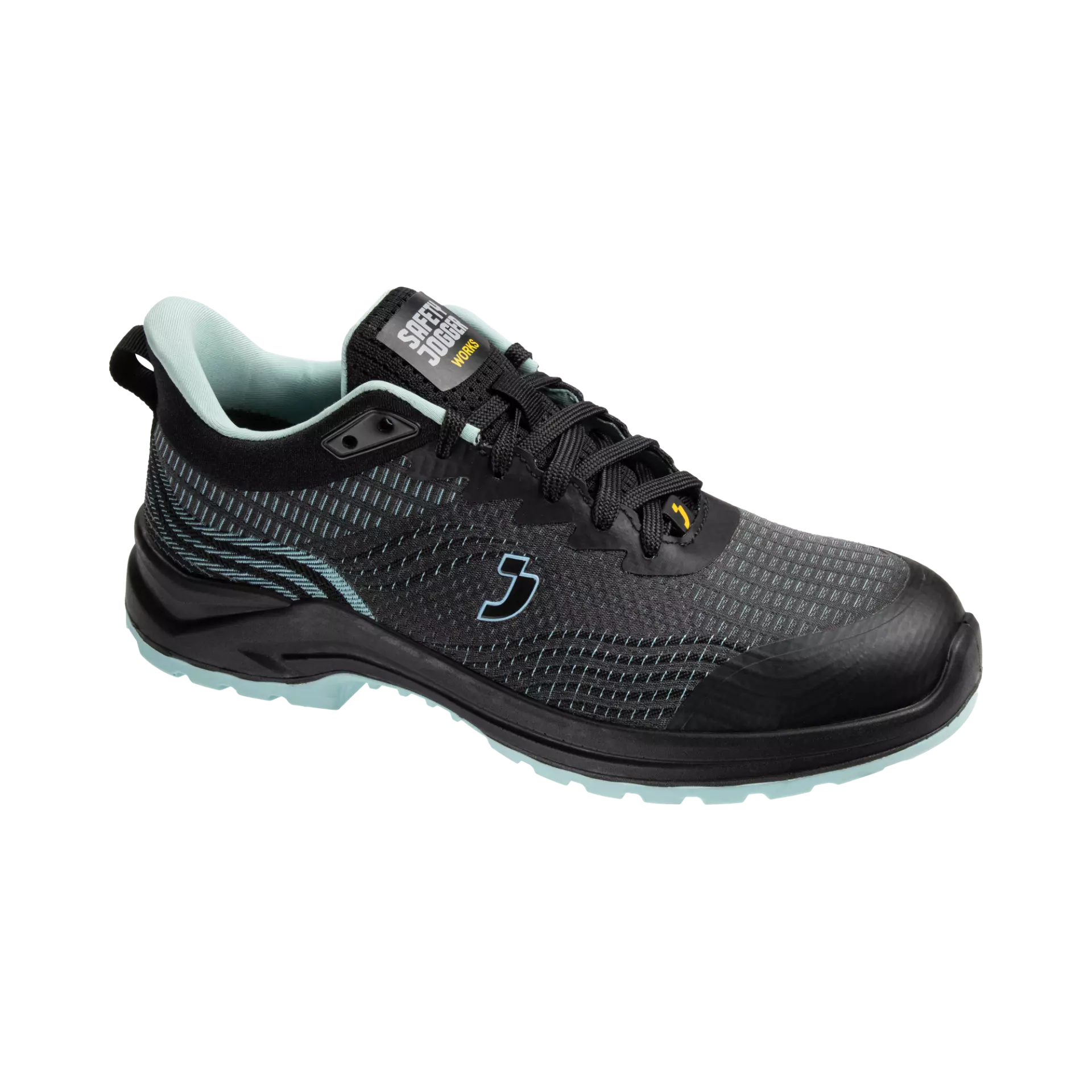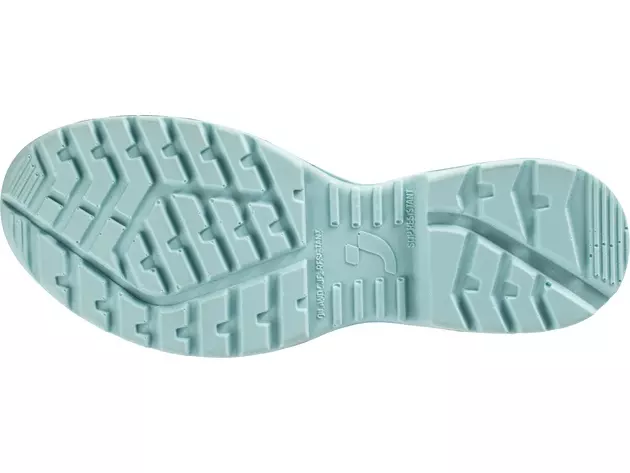


Features You'll Love

Outsole Properties · Anti Slip
EN ISO 20345 · FO
Anti-slip soles provide superior grip, keeping you safe and steady on challengin...

Outsole Properties · Oil Resistant
Oil-resistant soles ensure secure footing and lasting durability in oily environ...
Safety Jogger
BESTKNIT S1P Safety shoes, Light Blue
Safety Jogger
BESTKNIT S1P Safety shoes, Light Blue
5 / 5
39,67 €
Choose size
Shipping fee is 4,74 € for orders under 230,00 €
Features You'll Love

Outsole Properties · Anti Slip
EN ISO 20345 · FO
Anti-slip soles provide superior grip, keeping you safe and steady on challengin...

Outsole Properties · Oil Resistant
Oil-resistant soles ensure secure footing and lasting durability in oily environ...
Product description
The BESTKNIT safety shoe combines professional protection with comfort features specifically designed for women in industrial environments. This low-cut S1P rated footwear provides essential toe protection and breathability for dry workplace conditio...